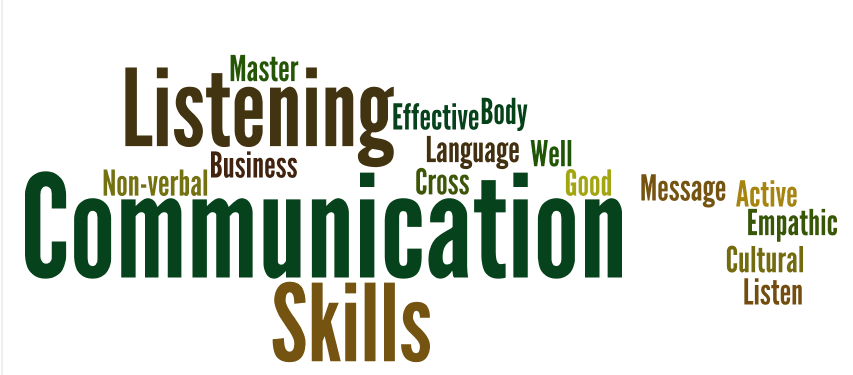I have been very unlucky with
my contacts. One gets back to me usually late and not in time for this assignment
no matter how much I emphasize when I need his response back. My other contact
just has not responded to me in a while so I had no choice, but to explore UNESCO’s “Early Childhood Care and Education”
webpage.
UNESCO has different initiatives to
address education challenges in developing countries. One of their initiatives
it titled, LIFE: The Literacy Initiative for Empowerment. LIFE is a 10 year initiative targeting 35
countries that have 85 percent of the world’s illiterate population. It began
in 2006 and will end in 2015. According to UNESCO, “Eighty-five percent of the
world’s non-literate population resides in these countries, and two-thirds are
women and girls”. LIFE targets African, Arab, and Asian and Pacific
countries. I decided to look at the initiative in Africa (one of my professional
goals is to build a quality child care center in Africa ) to see what their
goals are there. I was hopi9ng they would specify which countries in Africa
they are targeting, but they did not. The main focus on LIFE Africa LIFE
focuses on the following strategic areas:
• Advocacy and communication to make
literacy a priority on the agenda of different stakeholders and create a
momentum for pooling resources and jointly accelerating literacy efforts;
• Capacity-building for the
development of policies for sustainable and empowering literacy;
• Capacity-building for the delivery
of empowering literacy programmes of good quality;
• Sharing of knowledge and inspiring
innovations to continuously improve literacy policies and practices.
To make this initiative possible,
they will need the support of the government, communities, civil society
organizations, parliamentarians and international partners.
The more I explored the webpage, I discovered
that they have a UNESCO Africa section and one of their main headquarters is in
Nigeria; I was pretty excited once I discovered this. Nevertheless, I read an
article on education in Africa and if progress was made. The article was about
the Africa Education for All Conference from October 16-19, 2012 in
Johannesburg, South Africa. According to the report, not all their goals
have been made. They mentioned that 31 million children are out of school and
the biggest gaps are in Sub-Saharan Africa. The countries have a deadline to
reach their goals by the year 2015.
I also read an article on early childhood
development in the Asia-Pacific region. In 2010 there was a conference on Early
Childhood Development held in Singapore to discuss the importance of early
learning for children under the age of three. In the Asia-Pacific region, most
of the focus is on preschool and primary school, but ages 0-3 are often
neglected. During the conference they launched the “Resources Package for 0-3”.
The package aims to equip policy makers, practitioners and parents with a range
of information on ECD for the under 3 period. Also, each country made a commitment
to step up advocacy on Early Childhood Development especially for ages 0-3.
It was great to see what efforts
UNESCO is taking to improve early childhood in developing countries. I do plan on
following the LIFE Initiative to see if their goals have been met as well as
the goals from the Africa Education for All Conference.
http://www.unesco.org/new/en/education/themes/strengthening-education-systems/early-childhood/
 Hi Everyone,
Hi Everyone,

















